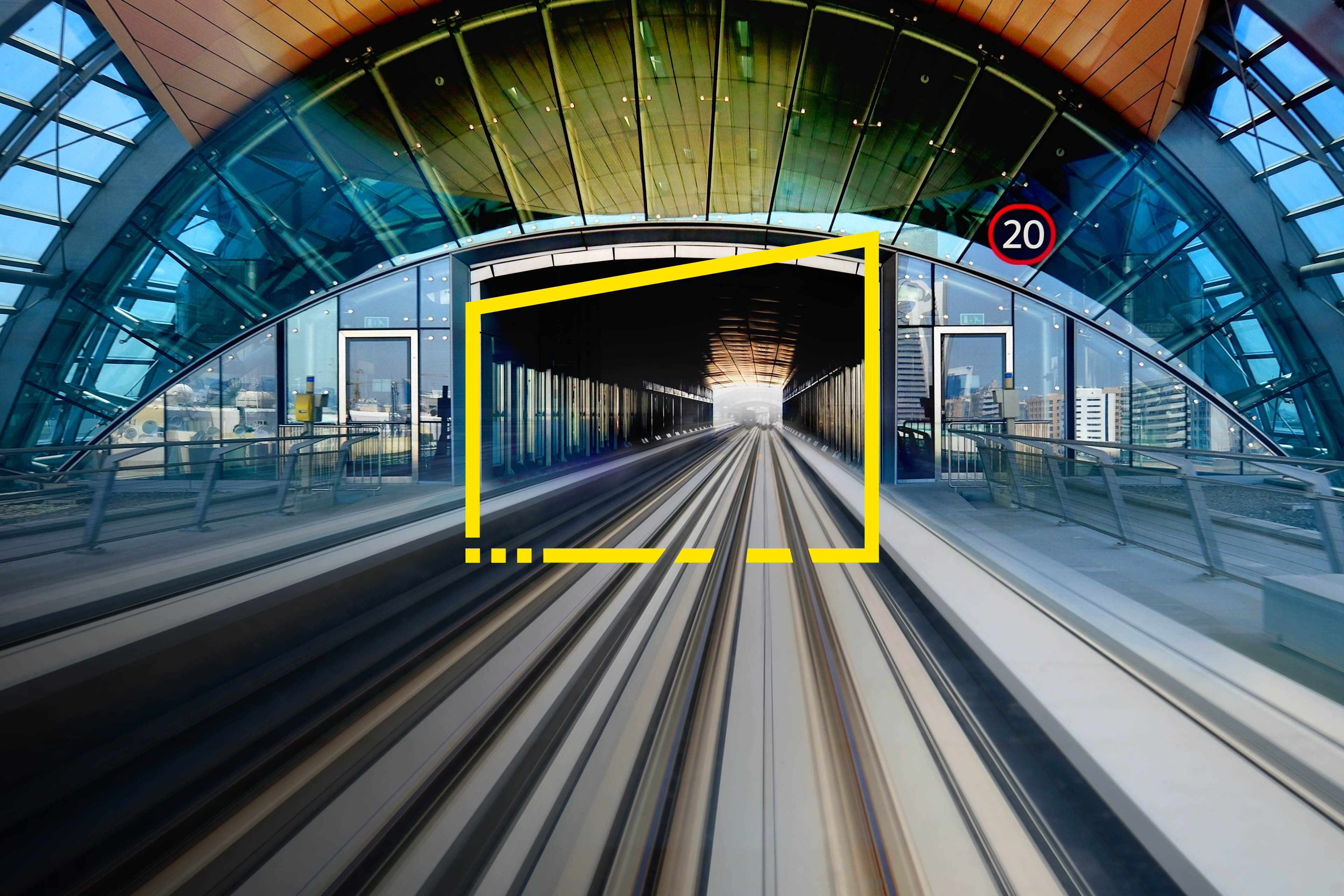EY refers to the global organization, and may refer to one or more, of the member firms of Ernst & Young Global Limited, each of which is a separate legal entity. Ernst & Young Global Limited, a UK company limited by guarantee, does not provide services to clients.
How EY can Help
-
Our flexible EY Trade Connect technology platform can help your business view its trade operations with clarity and act with precision. Learn more.
Read more
These changes present significant upfront costs, especially when there’s no unified method to how they’re applied. The EU takes a largely harmonized approach to certain taxes, such as VAT, where it sets a common minimum rate, and has made further proposals to simplify registration across the trading bloc. But its new sustainability measures mostly lack harmonization. The EU’s member states are creating their own independent regulations. And beyond the EU, a country-by-country reporting burden, and lack of agreed standards, extends for new environmental measures around the world.
As such, many initiatives will lack a clear business case to support the expenditure, as heavy investment doesn't bring clear rewards.
“Even those that aspire to be carbon-neutral, minimizing and electrifying their fleets because they believe customers and markets will like it, don’t know whether they’re doing the right thing, simply because the terms haven’t been fully defined at a policy level,” says Jeroen Scholten, EY Global Trade Leader – Indirect Tax; Partner, Indirect Tax, Ernst & Young Belastingadviseurs LLP. “And if it is the right thing to do, they still need to know what they get from it and what their customers get from it.”
Meeting new compliance obligations
One of the current key business challenges is ESG compliance. Companies are asking whether they know enough about what happens before the taxable event, and what happens after, in order to fully comprehend the potential impact.
“The ESG compliance responsibility may outweigh what can be a simple tax collection and remittance,” says Heldebrand. “Companies struggle with how to make sure they’re doing it correctly. And there may be penalties for not doing so. Those penalties can rack up quickly when companies don’t understand their obligations.”
Having to maintain such a vigilant watch on global compliance can carry severe implications in terms of strategy, planning and commitments. Many organizations will need to overhaul internal processes to make them more streamlined and transparent. The changing ESG picture may also demand improvements to automation and system capabilities to provide the insight to keep pace with evolving regulation.
While many executives have long-term sustainability goals for their supply chains, few have the visibility, technology, or sufficiently comprehensive programs in place to measure their progress.
“It's absolutely going to stretch companies,” says Scholten. “In many cases, adding or changing data elements requires significant investments from companies with systems that have either been attuned or closely aligned with existing requirements. That is a huge issue. And while they may have a deluge of data at their disposal, many still struggle to make it useful – for figuring out alternative sourcing. The data is powerful, but it's still manual in the context of using it to make informed decisions.”





